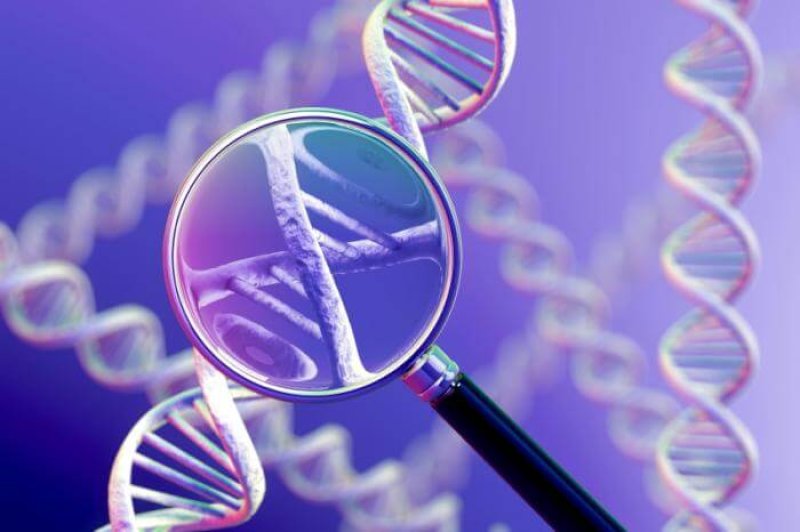To get a peek inside the cell, scientists at the Broad Institute of MIT and Harvard have developed a sort of “black box” for both human and bacterial cells.
…
They designed two different systems for doing so, dubbed CAMERA 1 and CAMERA 2, each relying on different CRISPR components. In CAMERA 1, they used the cutting component of the CRISPR-Cas9 system.
…
They injected little circles of DNA called plasmids into bacterial cells that the cells can replicate. They used two different plasmids that had the same origin but were ever-so-slightly genetically different. The cell, it turns, naturally maintains the same number of total copies of those two plasmids. So if you use CRISPR-Cas9 to cut one of the plasmids, the cell will produce more of the other. Program CRISPR to cut the plasmid in response to certain stimuli, and you have a way to monitor cellular activity.
…
In the CAMERA 2 system, they used what are known as base editors—which can change individual letters of genetic code—to record cellular events as changes to the DNA sequence
…
These two new methodologies are a significant advancement, though, because they combine several features of past systems, such as allowing for the recording of the intensity of a cell signal, recording multiple signals at once, recording the order in which those signals occur, and working in human cells.
Read full, original post: Made a ‘Black Box’ for Recording Data From Human Cells































